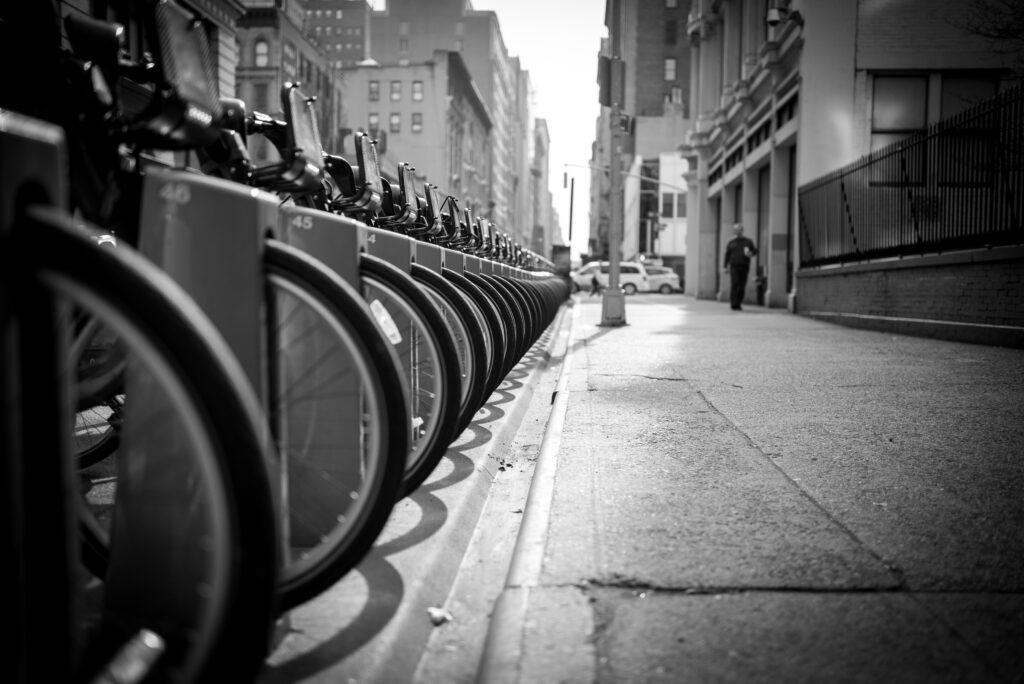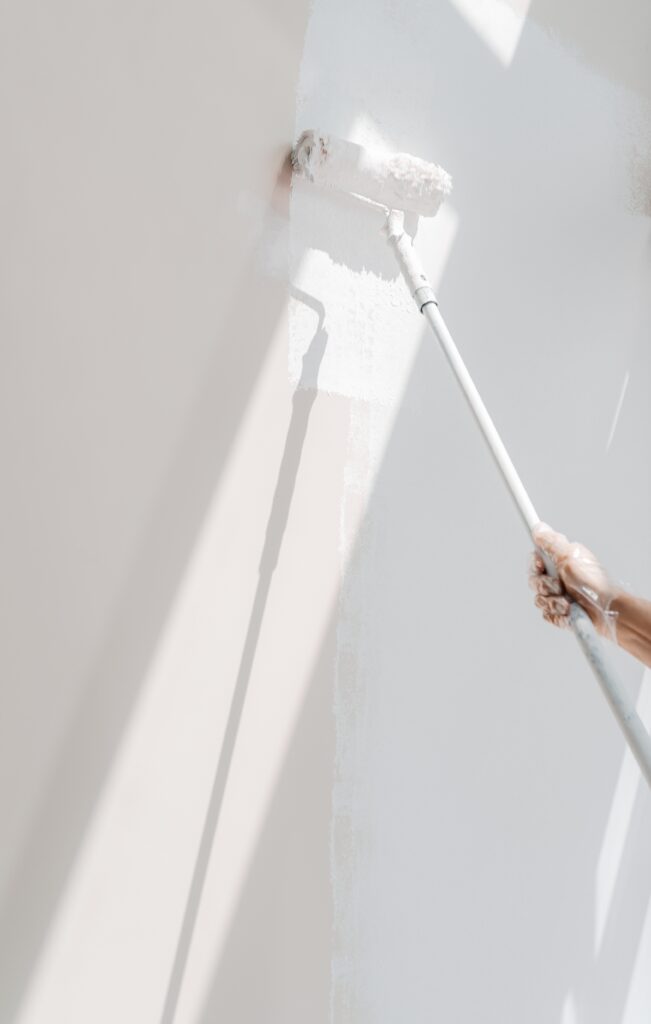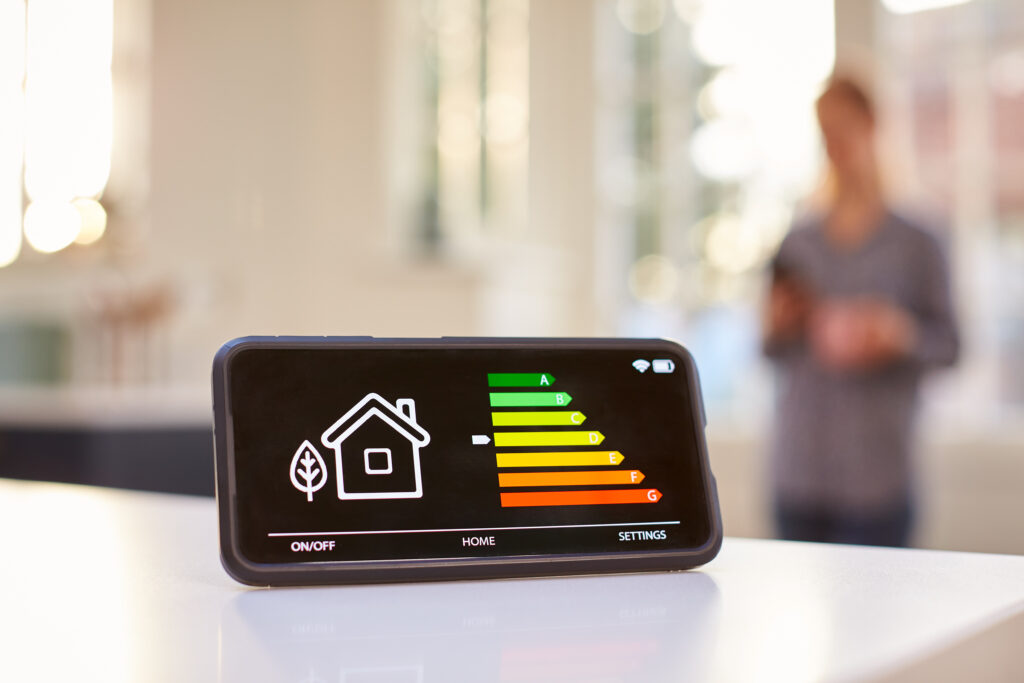A Simple Person’s Perspective
In the rush of modern life, many of us barely get a chance to breathe, let alone enjoy the simple pleasures life offers. But what if slowing down could not only enrich our lives but also save us money? It may sound too good to be true, but it’s not. Welcome to the concept of slow living. This down-to-earth approach can help you spend less and save more, all while leading a more fulfilling life.

1. Less Impulse Buying:
When you live life in the fast lane, you’re often rushing from one task to another, with little time to think about your purchases. This may lead to unnecessary impulse buying, which can be a significant drain on your finances. Slowing down can help. With more time to deliberate, you’re likely to make better-informed decisions and buy only what you truly need.

2. Reduced Consumption:
Slow living encourages a simpler lifestyle, which often translates into reduced consumption. By focusing on quality over quantity, you’re likely to buy less, leading to significant savings. Besides, you’ll be reducing waste and doing your bit for the environment.

3. Home-Cooked Meals:
Eating out or ordering take-out is easy but expensive. On the other hand, slow living encourages preparing home-cooked meals. Not only are they cheaper, but they’re often healthier as well. Plus, cooking can be a relaxing, rewarding experience that adds to the joy of slow living. Maybe some tasty Smoothies?

4. Lower Transportation Costs:
When you’re not always rushing, you may find you can walk or bike more instead of always relying on your car or public transportation. Besides saving money on gas, parking, and maintenance, you’re getting exercise and helping the environment.

5. DIY Approach:
Slow living allows for a do-it-yourself approach to many tasks you’d typically pay someone else to do. Whether it’s gardening, home repairs, or even haircuts, doing it yourself can save a substantial amount of money over time.

6. Energy Efficiency:
A slower pace of life often aligns with more sustainable living. This could mean using energy-efficient appliances, reducing water usage, or making your home more energy-efficient. These practices can significantly reduce your utility bills and your environmental footprint.

7. Better Health:
A less stressed, more balanced life can lead to better overall health, reducing medical expenses. Regular exercise, healthy home-cooked meals, adequate rest, and reduced stress all contribute to improved health.

8. Longer-Lasting Goods:
The “throw-away” culture is costly. Slow living promotes taking good care of what you own and investing in items that last longer, reducing the need for frequent replacements. Like Slow Fashion

9. Reducing Clutter:
Less buying means less stuff to manage. By reducing clutter, you’ll save money on storage solutions and perhaps even be able to live in a smaller, minimal and less expensive home.

10. Growing Your Own Food:
If you have access to a garden, slow living can involve growing your own fruits and vegetables. This can save money on grocery bills and provide a satisfying hobby.

This approach to life doesn’t just save you money. It’s a pathway to a richer, more fulfilling life, where you appreciate what you have and spend less on what you don’t need. Slow living isn’t just about saving money—it’s about making life worth living.
Comments +